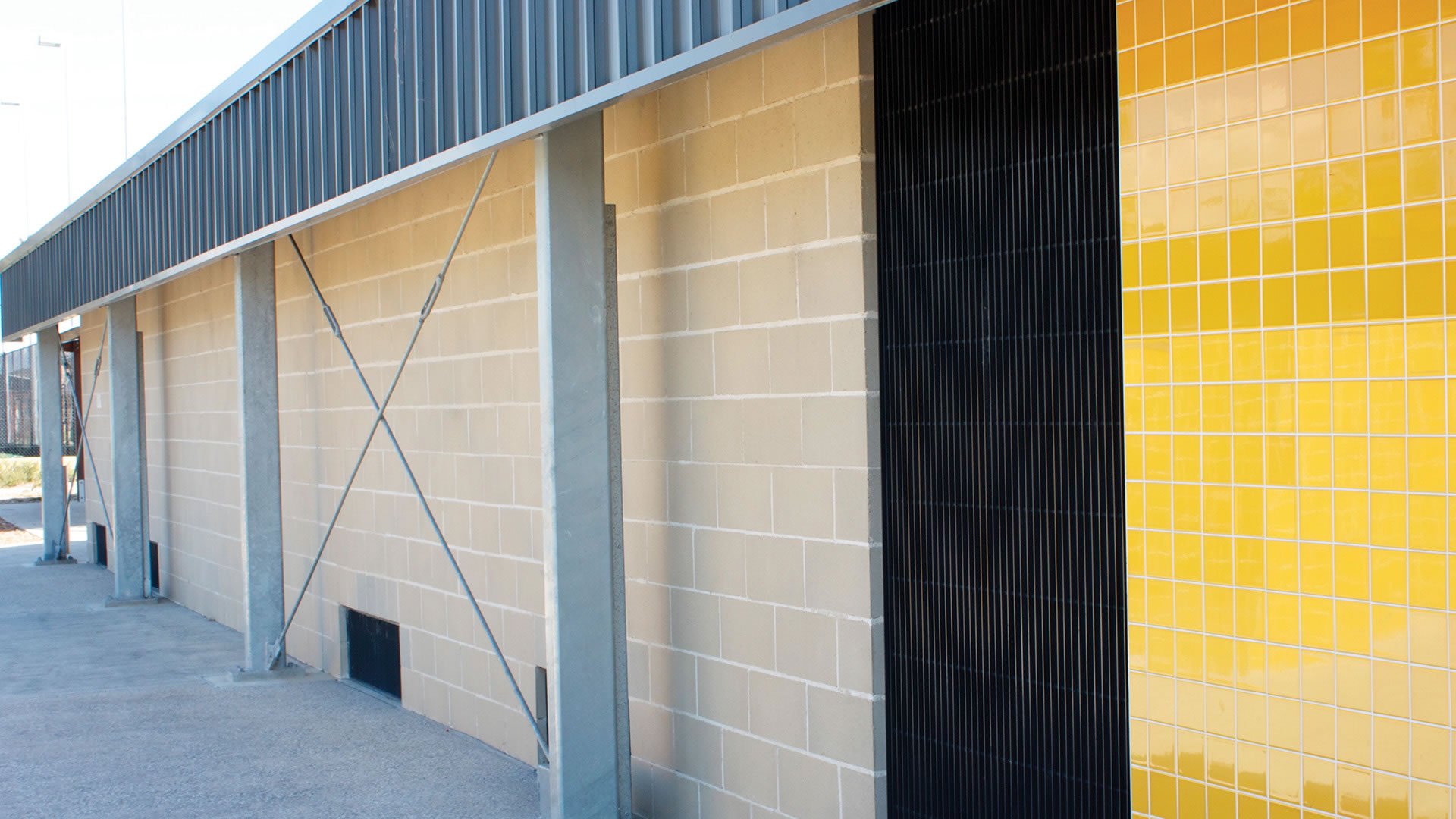Thermal mass
Benefits of Concrete Masonry
Lower embodied energy
Concrete masonry has significantly less embodied energy than
clay masonry because the concrete doesn’t need to be fired and instead only
needs curing in low-temperature kilns which are largely exothermically heated.
The Thermal Mass Story
Thermal mass is a term used to describe the ability of building materials to store heat (thermal storage capacity). The basic characteristic of materials with thermal mass is their ability to absorb heat, store it, and at a later time release it. Using concrete masonry a high thermal mass building material within an insulated building envelope helps reduce the extremes in temperature experienced inside a home, making the average internal temperature more moderate year-round. This results in a more comfortable and energy-efficient home.
The use of heavyweight construction materials like concrete with high thermal mass can reduce total heating and cooling energy requirements by up to 25% compared to a home built of lightweight construction materials with a low thermal mass (brick veneer with timber floor).
Thermal mass is particularly important for comfort in temperate climates, where summer temperatures are high and there is a large difference between the daily average maximum and minimum temperatures. Thermal mass is less important, but still beneficial, in climates with lower summer temperatures.








